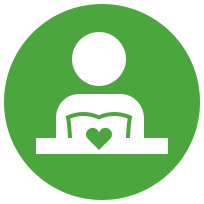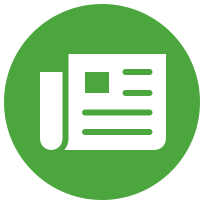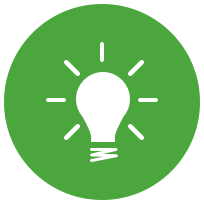Timely resources to help K-12 educators encourage social responsibility and foster social & emotional learning. Find out more.
TeachableMoment Lessons
Featured Lessons
This activity explores the ideas of “power over” and “power with” using a brainstorm and journaling.
This two-part lesson, intended for high school students, consists of two readings that will examine the limits on presidential power in the United States government and examine what authority the president legally holds through executive orders. Questions for discussion follow each reading, feel free to modify the questions for your students’ needs and current knowledge base of US government processes.
What is the Department of Education, and what does it do? What impact does it have on students, and how would things change if it were abolished? This two-part lesson consists of two readings that investigate the Department of Education as a historic and modern governmental agency. Questions for discussion follow each reading.

SEL & RP
Activities to support students' social and emotional learning and restorative practices

Current Issues
Classroom activities to engage students in learning about and discussing issues in the news

Tips & Ideas
Guidance and inspiration to help build skills and community in your classroom and school
Filter TeachableMoment Lessons By:
A collection of self-care and community care lessons and guidelines for adults and children.
In this 7-day unit by high school English teacher Sarah Outterson-Murphy, students analyze AI’s capabilities, reflect on its flaws, and develop their own arguments about the pros
Students engage family members in sharing stories of their history, dreams, or struggles - and share these stories with their peers.
Through small-group activities, students learn about and discuss acts of solidarity and mutual support that can sustain us in difficult times.
The lesson supports students in discussing possible responses to the experience of feeling “sad, anxious, angry, powerless, helpless, or guilty” about the climate crisis.
In honor of the brave ones who have left behind everything they know, for an uncertain search of a chance to survive and, ultimately, thrive, I invite you to think of this: In
Should 16-year-olds be allowed to vote? Students learn about the debate to lower - or raise - the age, and consider the pros and cons.
Young people sued the state of Montana seeking climate justice - and won! Students learn about the new ruling and what it means going forward.
This start-of-the-school year reflection invites students to connect to their natural surroundings. With a focus on gratitude, students explore how nature positively impacts them.
Filter TeachableMoment Lessons By:
One of the most powerful ways to connect to others’ lived experiences is through music. In this lesson for grades 7-12, students will listen and respond to the songs of three
Students explore how state “parental rights” laws have created new paperwork for schools - and consider calls by parents, students, and educators for greater school autonomy.
In this lesson, students read about and discuss the banning of books from schools and libraries, and what some young people and adults are doing to challenge it.
Students share stories of the women “architects” in their lives (or in the world) who have most shaped their worldview or their values.
Students explore the issue of creating safe city spaces for bicyclists and collaboratively problem-solve around this issue with respect to their own communities, or one with a
Students reflect on their feelings about winter, including its challenges, and share their coping strategies through a poem, a circle, and exploration of the "wheel of holistic


